Bring wildlife into your garden by providing four sources: food, water, shelter and a place to breed. Attract life to your garden with these simple steps…
Provide Pollen
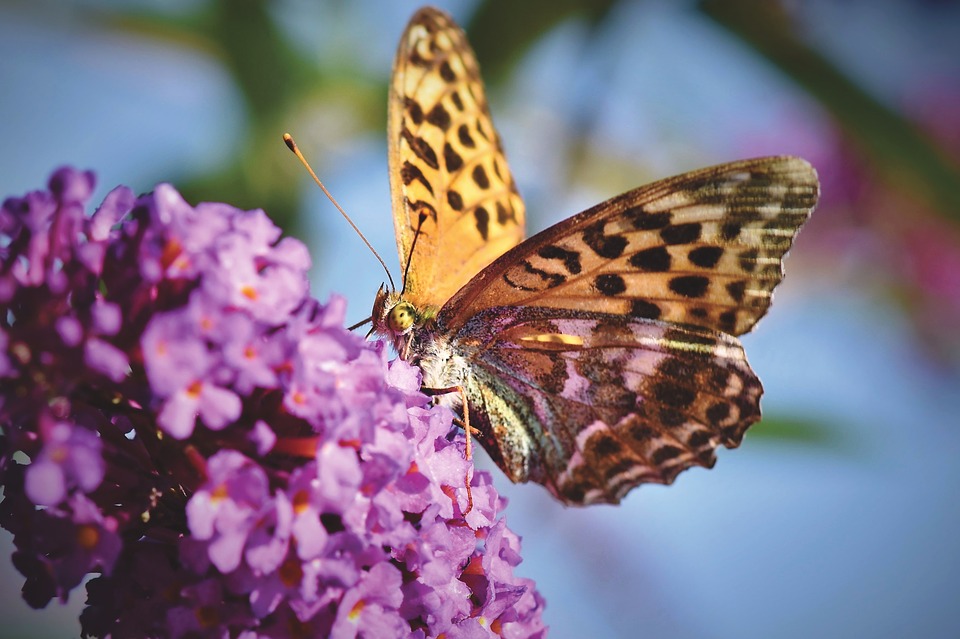
Flowers provide pollen and nectar that attracts wildlife such as bees, butterflies and other insects. Choose long seasonal plants that provide nectar and pollen for as long as possible. Butterflies are attracted to nectar-rich flowers such as verbena, scabious and ice-plant. The Scottish Wildlife Trust also recommends primrose, aubretia, sweet rocket, lavender, thyme and thistle.
Tree and Shrubs are Wildlife Hubs
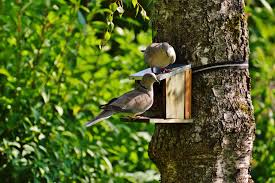
Grow a range of trees and shrubs in your garden to provide food and shelter for outdoor life. Larger plants such as trees provide fruit, seeds and flowers for survival.
Just Add Water
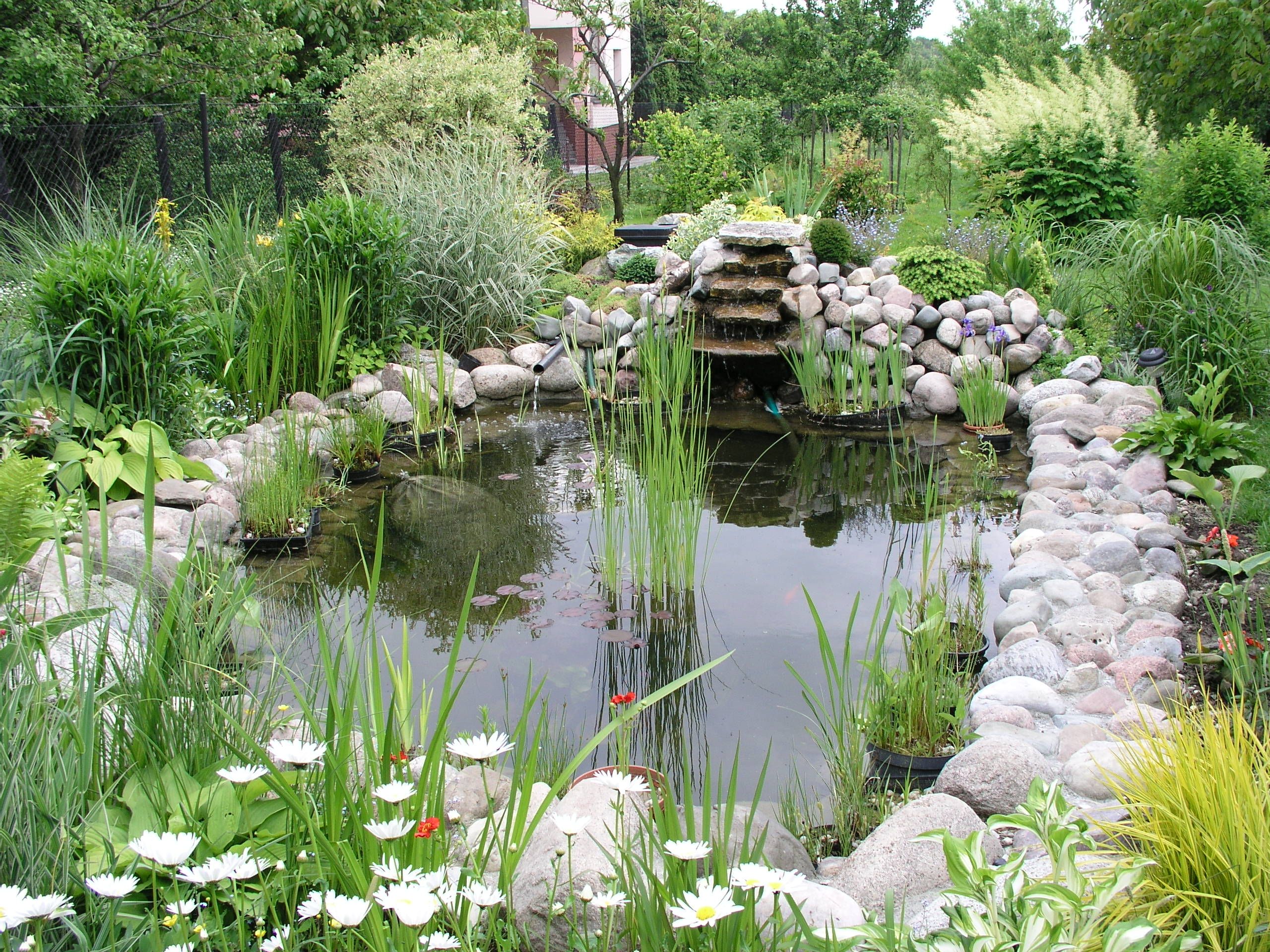
Ponds are the easiest way to entice wildlife into your garden. A large pot filled with water will do the job but if you have enough space to dig a pond, allow water plants to colonise naturally.
Shade Your Dead Wood
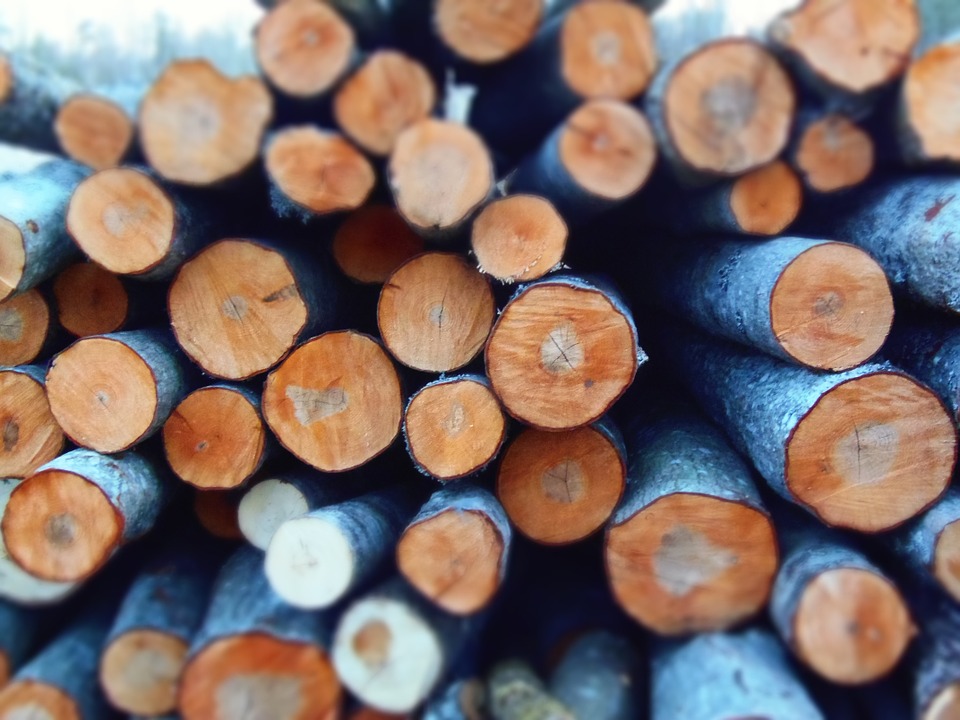
Collect a pile of decaying wood and place it in a shaded area. Large natural logs are best but any unstained or unpainted wood creates a suitable habitat for the ever-rare species of stag and bark beetles. Wood piles also create great hibernation spots.
Start a Compost

Composting your garden waste is a free and easy way to produce soil that promotes growth and attracts life.
Provide Food and Water
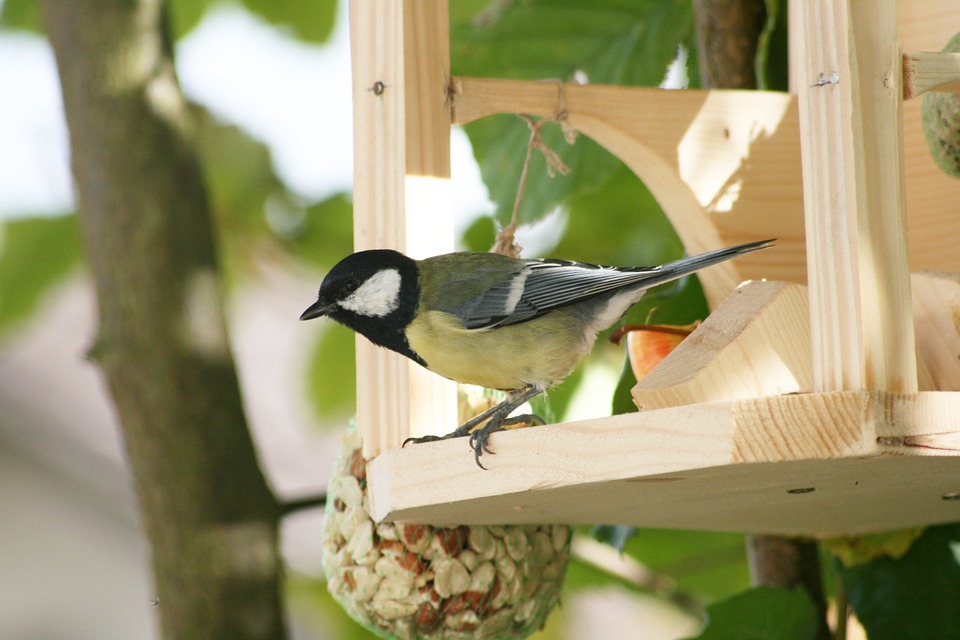
Supply a mix of food such as peanuts, sunflowers seeds or seed mixtures. Also, leave a clean supply of water for garden birds but make sure it’s not easily accessible for cats!
Happy Hedgehogs
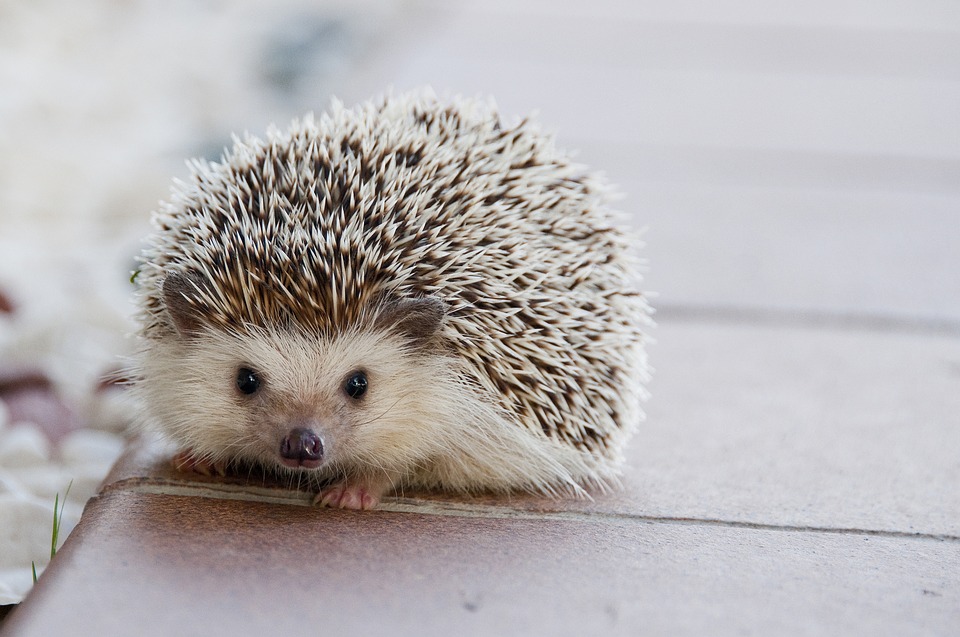
Attract the cutest garden mammals by making your garden easily accessible. Bordering your garden with hedges rather than fence panels, or cutting a small hole in the bottom of a fence panel will attract hedgehogs in safely. Hedgehogs like tall grass, twigs and fallen leaves.
Back to blog listings